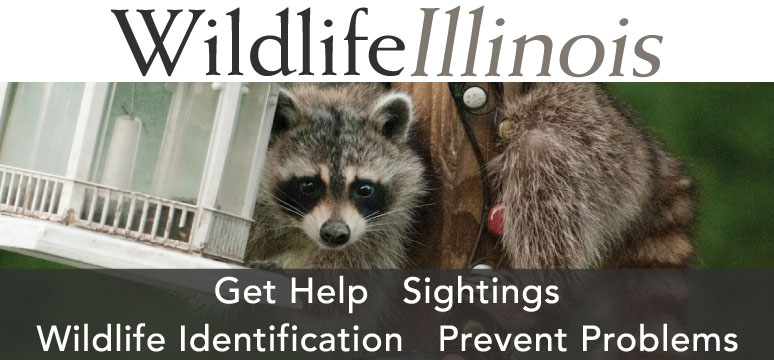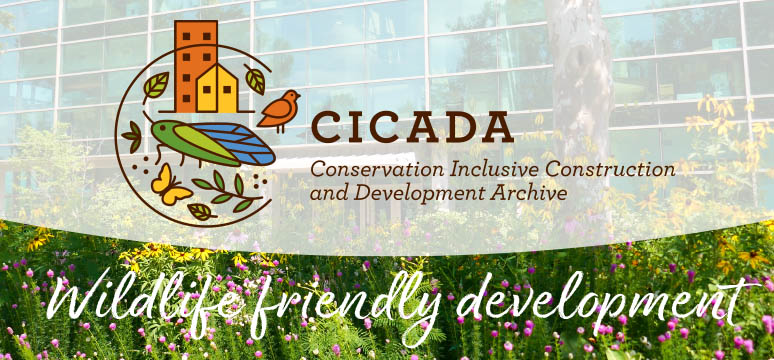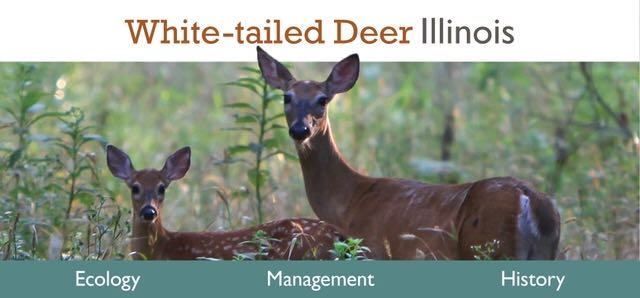
Chief’s Letter
| November 3, 2025
The November 2025 edition of the online magazine OutdoorIllinois Journal is now live and contains an array of informative, timely and fun natural resource-based stories to help you discover the nature of Illinois.
Have you ever fished for big blue catfish in a power plant cooling lake or targeted walleye on the upper Mississippi River or Fox Chain O’ Lakes? Enjoyed a family day fishing for bluegills at a local pond? Launched your boat at an improved ramp in a state park? Projects like these, and more, are a result of the Sport Fish Restoration Act, a federal law that has been in force for 75 years to provide critical funding to U.S. states and territories in support of fisheries management activities. In a two-part story we highlight how this Act has improved opportunities for Illinois anglers and boaters to enjoy great sport fishing and boating, and how this legacy remains viable for future generations to enjoy.
On a related note, maintaining a healthy fisheries population means that the Illinois Department to Natural Resources (IDNR) relies on population and community data to make informed management decisions. Learn about one long-term study that provides important information for managing Illinois’ river fish.
Fall is a great time of year for fishing, and this edition of OutdoorIllinois Journal also contains a story about the joy youngsters feel when catching their first fish and a story providing tips for setting up a fall fishing expedition for the family. From there, take a moment to learn about three unique fish found in Illinois’ waters: the bowfin, a “living fossil;” the American paddlefish with its unique, spoon-shaped rostrum; and the alligator gar, an extirpated species being reintroduced to Illinois waters that is becoming a popular trophy quarry for anglers and bow fishers.
You’ll also find a story about a homeowner’s association in northern Illinois that tipped off the Hydrilla Task Force that an aquatic invasive plant species, hydrilla, had been detected in their lake. Learn about how this interdisciplinary technical advisory group answered the call and worked to protect Illinois’ waterways from this federally noxious weed.
We wrap up the 100th anniversary of the Illinois Department of Natural Resources (IDNR) with a trio of stories highlighting a century of change to public lands and wildlife. Thanks to the Pittman-Robertson Federal Aid in Wildlife Restoration Act, many species that were on the brink of extinction in 1925 are now bountiful across the Illinois landscape and are among the species hunters and trappers can pursue on hundreds of Illinois public lands. The successful recovery of two species, the white-tailed deer and wild turkey, are showcased in stories you can find in this edition of OutdoorIllinois Journal.
Fall is the time of year when many outdoor enthusiasts anticipate taking to the field to hunt or trap. White-tailed deer hunters will be interested in an article on how they can help protect and maintain a healthy deer herd by participating in the 2025-2026 chronic wasting disease hunting surveillance and management efforts implemented in some portions of the state. If you are wondering what to expect during the 2025-2026 waterfowl season, check out the story by Doug McClain, IDNR’s Wetland Wildlife Manager. Don Kahl, the IDNR Agricultural and Grassland Wildlife Program Manager, offers insights into what upland hunters can expect based upon biological assessments of populations, and if bobwhite quail are your target of choice, take a moment to review the story on the decades of research conducted by former Southern Illinois University researcher John Roseberry. On the subject of trapping, we feature a story about a Beyond Becoming an Outdoors-woman Trapping Camp that offered women a weekend experience to gain a broad understanding of the culture, history and values of modern trapping. Another feature focusses on a similar program, the Gardner Camp’s Kid’s Trapping Camp, designed to help ensure the future of trapping.
And there’s even more. Our series on nature’s seasonal events continues with the seasonal winter activities of some of Illinois’ most iconic wildlife. There also are stories on rare plant discoveries, Snake Fungal Disease, the value of oaks to humans and wildlife, three natural resource education programs offered by staff of the National Great Rivers Research and Education Center and a new poster coming to parks near you to remind you how to Be Tick Aware. Keep reading as there are even more stories about the nature of Illinois.
OutdoorIllinois Journal is a collaborative effort led by the Illinois Department of Natural Resources’ Divisions of Wildlife Resources, Natural Heritage and Fisheries, U.S. Fish and Wildlife Service Wildlife and Sport Fish Restoration and the National Great Rivers Research and Education Center. Funding for OutdoorIllinois Journal was made available through Federal Aid in Wildlife Restoration Project W-147-T, the Illinois Wildlife Preservation Fund and the Fish Management Fund.
Click on the “subscribe” button on the main page to ensure you receive notifications as additional OutdoorIllinois Journal postings are made. And follow us on Facebook (/livingwithwildlifeIllinois) and Instagram (@livingwithwildlifeIllinois).





